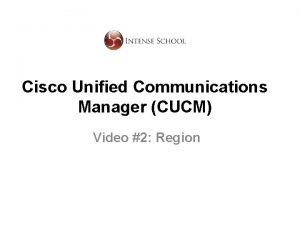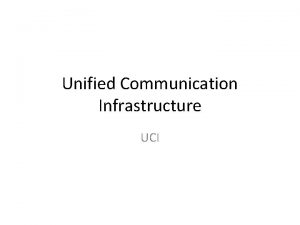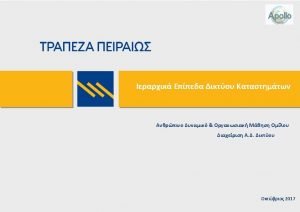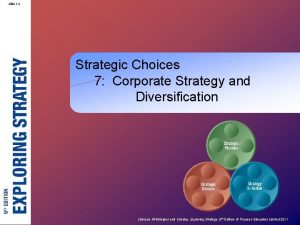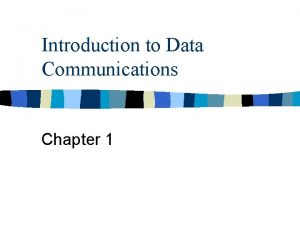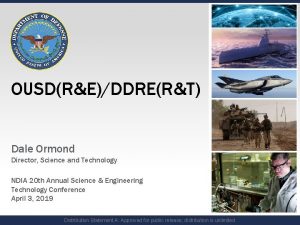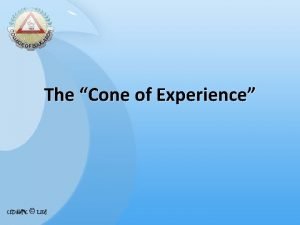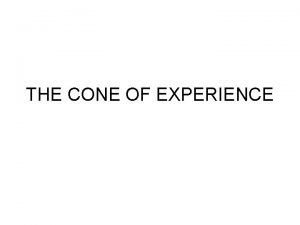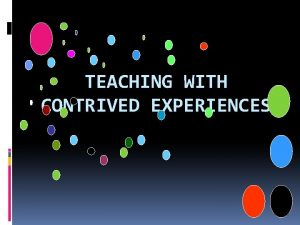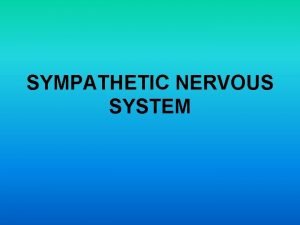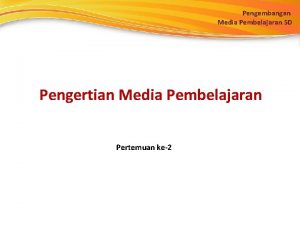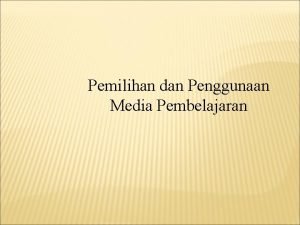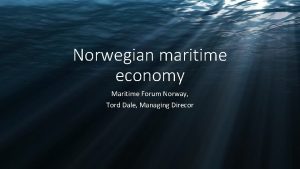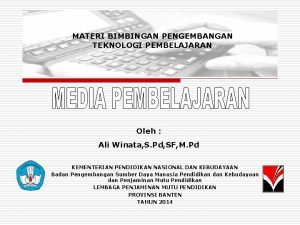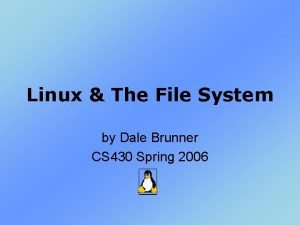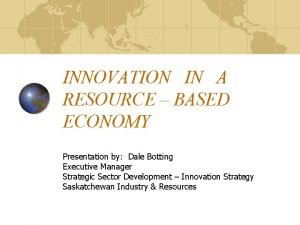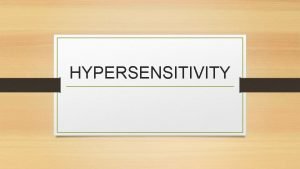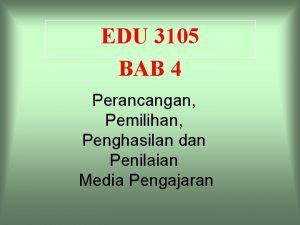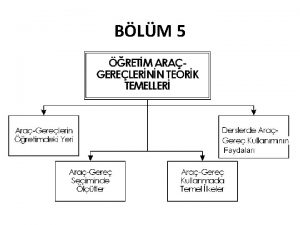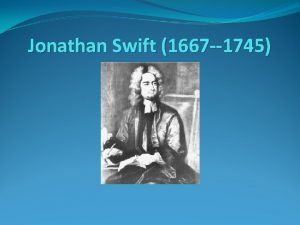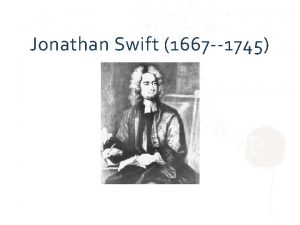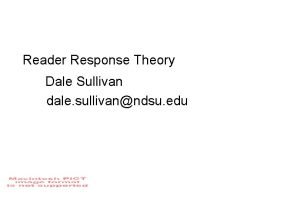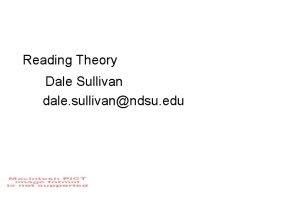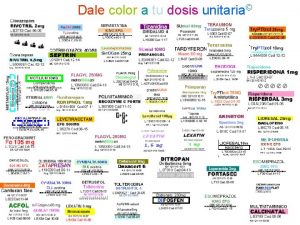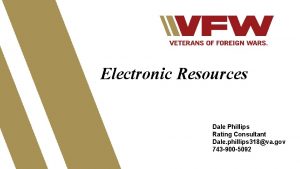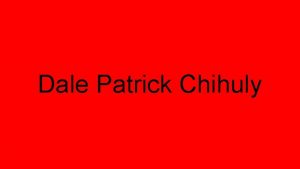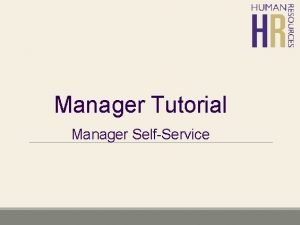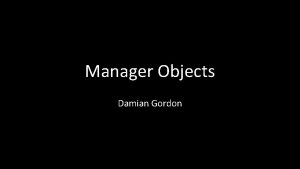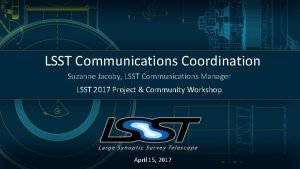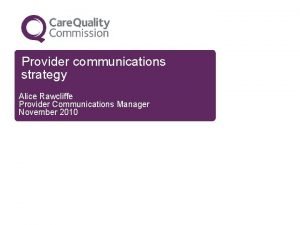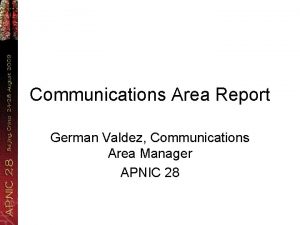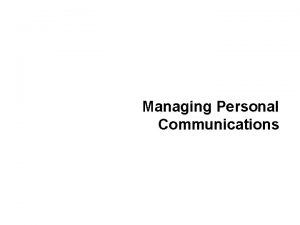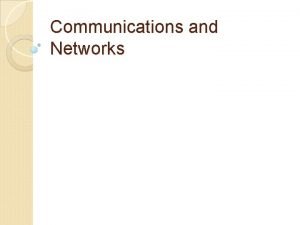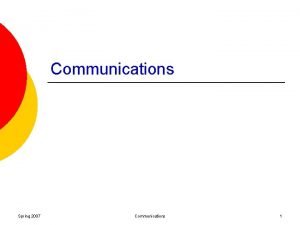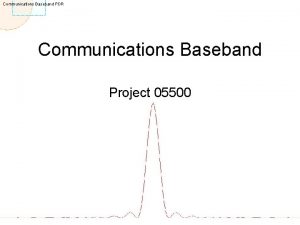Welcome Introduction Jonathan Dale Communications Manager Welcome Introduction




















- Slides: 20


Welcome & Introduction Jonathan Dale Communications Manager

Welcome & Introduction Andrea Yoder Clark CEO, Live. Goode Programs & Analytics Social Entrepreneurship i 2 Workshop Consultant

What is Innovation? • Systems Change • Meaningfully Impacts cost, quality, and/or capacity • Solving an old problem in a new way • Applying a technology/idea/approach used in a different sector to solve our need • Doing something differently, doing something new, doing something unusual that has a meaningful result, solves a need, is useful

10 Core Questions to Answer 1. Project: What is your project? 2. Problem: What is the problem(s) your project solves? 3. Need: Why do people need your solution? 4. Innovation: What makes your solution innovative? 5. Impact: What impact will be realized for whom and how many if your are successful? How would your project reduce cost, improve quality, and increase capacity? 6. Team: Why your team? Team members, skills, track record of your team? 7. Timing: Why is the time right for your project? 8. Market Analysis: Who else does what you do, how are you different? 9. Financial Plan & Sustainability: How will your project become self sustaining (e. g. not grant dependent)? Additional sources of funding? What is the REAL amount needed to breakeven? 10. Scalability: How would your project be scalable? Any additional markets? Key milestones? Exit strategy?

Starting with a Question vs. a Solution • What Problem Does Our Innovation Solve? • What Need Does This Address for our Client/Customer/Community? • Who Does Our Project Serve? • How is Our Solution DIFFERENT from most approaches?

AHF Approach to Innovation 1. Empathize & Define: ask the community what they need – let this define the problem AND your solution 2. Ideate & Test: create a solution to the need identified by the community that incorporates their ideas and test it 3. Develop a Prototype: Incorporate feedback into a final model

Lean Canvas: Using Data to Drive Solutions What info do you have from end users/client that informs your solution? What impact do you expect from this innovation? How will you measure it? What has been tried before and how is your solution different/better? Why should your team be the ones leading this work?

Informing Your Project with Data Information you can use to inform your plan? Community surveys Client needs assessments Past impact analysis studies What Need Does This Address for our Client/Customer/Community? Who has identified this challenge as a need for this community? Who Does Our Project Serve? Identify both the end user (the person receiving the services) and perhaps secondary beneficiaries (like children of parents served, etc. ) or those who you are partnering with (like services that might refer clients to you) How is Our Solution DIFFERENT from most approaches? Who is also solving this problem and how is what they do different from your approach? Why is your approach better?

Informing Your Project with Data How will you know that you have been successful? • what do you need to measure to know your idea worked? • how will you know you’ve accomplished your goal? Why your team? • what about your team makes your ability to implement this solution to this community in this way unique? • what skills and expertise do you bring to the table? • what combined experiences does your team bring that informs your work Why now? • is there something unique about the timing, the community, the stage of your organization that makes this the right time and place for this project

How Are You Going to Self-Sustain? Social Entrepreneurs self-sustain. They generate income in some way. How can you do more of that? What is your plan B if one part of your idea doesn’t work or costs run high? What organizational safety nets do you have in place? Other sources of funding? How will you continue to expand your market? Are there other communities that you could also serve to scale your innovation?

How Are You Going to Scale? We know growing this new innovation is a long way off, however good social entrepreneurs have at least a broad idea of who might also be a good client to serve. What partners could you work with to generate more awareness for what you do and therefore increase clients you serve? Which partners could you work with to amplify your mutual impact?

Addressing the 10 Questions: Text 4 Baby Organization Mission: Project Mission: To improve community health and wellness, access to care for all, and support for physicians through engaged volunteerism. To test the use of text messaging technology to improve the health of mothers and infants by increasing access to individually tailored health information. FEE FOR SERVICE MODEL insurance companies pay a fee to distribute the app to its members PROBLEM SOLVED MEASURING IMPACT Improving access to health information to low-income # of users; Amount of info received underserved moms at no cost (to user) to increase better # of visits to the doctor vs. those health outcomes in under-served populations w/o the app Project Value Thesis: Project Update / Key Hurdles: Text messaging would reduce costs and improve health outcomes of at risk low income mothers and babies by providing timely, essential information and reminders. Institutional support was needed for wide-spread program adoption. This was achieved in Year 3. The time and cost involved with marketing was FAR greater than expected. INNOVATION AND UNIQUE VALUE ADD Solving a problem in a new way – using technology to provide cost effective resources to busy moms vs. relying on busy providers or moms to remember and/or access info on own VALIDATING THE PRODUCT WITH CUSTOMERS Ask customers what they like about the app to change product features and increase the number of those using it SUSTAINABILITY Ultimately, product was purchased by private company (Well. Pass) and bundled with a suite of wellness services to achieve sustainability. Now largest mobile health program in U. S.

Addressing the 10 Questions: Solutions Farms Project Mission: Organization Mission: To solve family homelessness one family, one community at a time. FEE FOR SERVICE MODEL local restaurants, schools buy the produce from their farm MEASURING IMPACT # of families served # families no longer homeless Qty food sold Qty gallons water saved Engage the homeless in an innovative way to grow food in an allnatural and environmentally-superior farm while equipping them with the skills, knowledge and resources needed to permanently transform their lives. PROBLEM SOLVED Keep homeless families permanently out of homelessness by addressing root causes at dramatically lower costs Project Value Thesis: Project Update / Key Hurdles: The goal is to create a social enterprise that enriches individuals and the community while funding itself through its business. Staff turnover has been costly; aquaponics tech still nascent requiring rare and costly expertise to tune biologic system; Farm build out delays, biologic issues causing yield delays; INNOVATION AND UNIQUE VALUE ADD Solving a problem in a new way – using an aquaponic farm to teach work ethic and work force development skills while providing homeless families a safe and healthy environment to grow and stabilize with the goal of ending homelessness VALIDATING THE PRODUCT WITH CUSTOMERS Ask homeless families why this program worked for them and build out those aspects of the program vs. others SUSTAINABILITY Identify potential challenges to the aquaponic model (ie, complexity of the system technology) and how to scale

Community Information Exchange (CIE) Organization Mission: Project Mission: To serve as a nexus to bring community organizations together to help people efficiently access appropriate services, and provide vital data for proactive community planning. Create a collaborative technology platform with a network of partners to provide comprehensive referral services for anyone in San Diego who needs assistance. FEE FOR SERVICE MODEL Social service agencies pay for access to a data base that helps track highly transient populations to reduce social costs and provide better care PROBLEM SOLVED AND UNIQUE VALUE ADD Lack of social service information for highly transient populations. Project Value Thesis: Project Update / Key Hurdles: To reduce costs and increase efficiency of social service delivery through coordinated information sharing. Being HIPAA compliant while providing most comprehensive service possible. Re-engineering business processes is challenging and disruptive. INNOVATION Creating a county wide data sharing system that includes social service records in one database across social service agencies. VALIDATING THE PRODUCT WITH CUSTOMERS Ask users to identify challenges in the model – like need enough participants in the system to make it worth using. SUSTAINABILITY Building a revenue model that is shared by all social service agencies that use the service.

Key Points to Address: Your Innovation Who do you need on your Board of Advisors for this program/project etc. to help bring you the expertise you need? What kind of expertise do you need? Technology, industry, business? Understand the unique value you are providing. What are the numbers behind your business plan? How do we know you are doing something quicker, easier or less expensive than other methods? Provide that information. Exactly, how does your program plan/product plan/business plan work?

Key Points to Address: Your Business Plan How are you going to generate revenue by the end of year 3 during your pilot stage? How are you going to scale in years 4 to 6? How will you scale? Will you expand your customer Base (Text 4 Baby’s), identify partners who will help you distribute/sell your product (Text 4 Baby)? What do you envision your exit or growth plan will look like in year 7 to 10? Do you want to be Acquired, will you sell your product, will you keep all of your intellectual property and expand? Who do you need on your Board of Advisors for this program/project etc. to help bring you the expertise you need? What kind of expertise do you need? Technology, industry, business?

Q&A Questions & Answers Session

i 2 Application & Process Applications due by May 4, 2018 Our Next Webinar: Thursday, April 26 from 3 pm to 4 pm Friday, April 27 from 10 am to Noon i 2 Questions: info@alliancehf. org

 Cisco unified communications manager tutorial
Cisco unified communications manager tutorial Uci cisco
Uci cisco Senior manager vs general manager
Senior manager vs general manager Portfolio manager synergy manager parental developer
Portfolio manager synergy manager parental developer Introduction to data communications
Introduction to data communications Introduction to data communications and networking
Introduction to data communications and networking Dale ormond
Dale ormond Dale’s cone of experience
Dale’s cone of experience Jerome bruner cone of experience
Jerome bruner cone of experience We use models, mock ups, specimens and objects
We use models, mock ups, specimens and objects Vasomotor reversal of dale
Vasomotor reversal of dale Kerucut pengalaman edgar dale
Kerucut pengalaman edgar dale Kerucut pengalaman edgar dale
Kerucut pengalaman edgar dale Tord dale
Tord dale Kerucut pengalaman edgar dale
Kerucut pengalaman edgar dale Dale brunner
Dale brunner Dale botting
Dale botting Schultz-dale phenomenon is which type of hypersensitivity
Schultz-dale phenomenon is which type of hypersensitivity Pemilihan, penghasilan dan penilaian media pengajaran
Pemilihan, penghasilan dan penilaian media pengajaran Dale county softball
Dale county softball Dale nin yaşantı konisi
Dale nin yaşantı konisi
